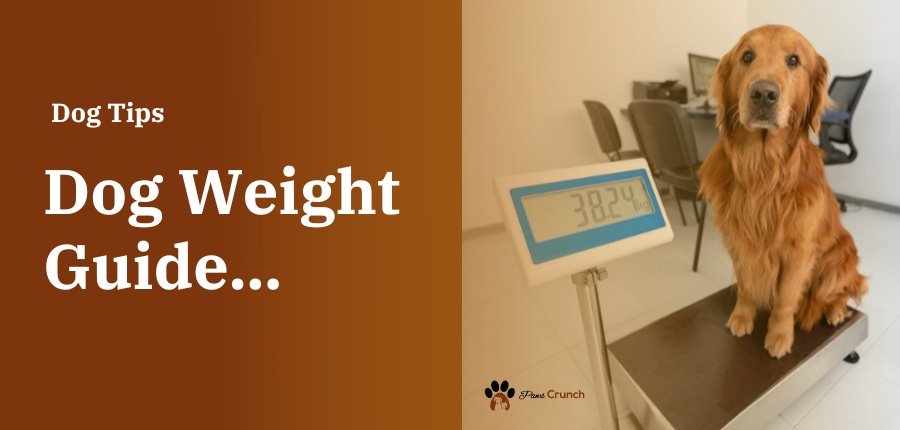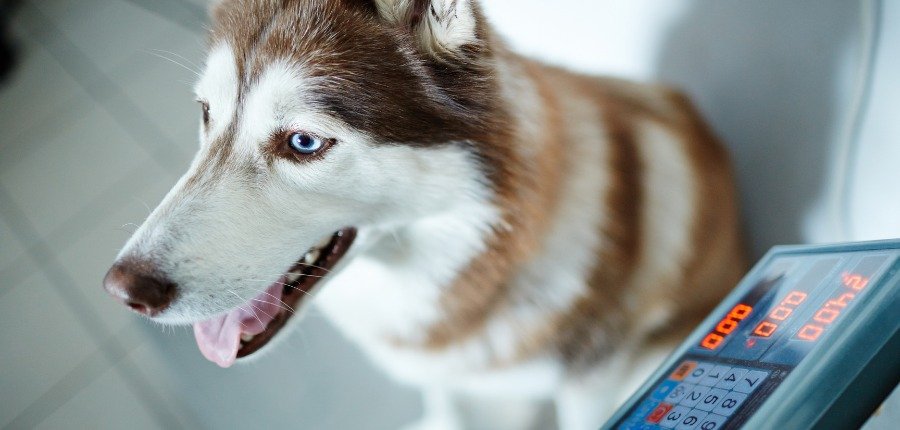How Heavy Should My Dog Be?
As a dog owner, determining your pup’s healthy weight is an important part of care. Nevertheless, how can you tell if your fluffy friend is overweight? Actually, some time ago, I was concerned and asked the vet: How heavy should my dog be?
He said that the ideal weight for a dog balances minimal body fat with good muscle tone. Use visual assessment, hands-on palpation, breed weight standards, body condition scoring, ideal weight calculations, and veterinary guidance to determine the optimal weight for your individual dog’s health, breed, age, and activity level.
In this article, I will look at visual cues to spot potential weight issues, techniques to feel under the coat and accurately assess fat levels and methods veterinarians use to score body conditions.
How Heavy Should My Dog Be – Assessing Your Dog’s Weight


To determine your dog’s weight, you must look beyond the number on the scale. The following are some methods for assessing your puppy’s weight and health.
Visual Evaluation
First, assess the body condition of your dog. Do their waists taper from the ribs when viewed from above and from the side? Can you see a waistline at all? Observe the areas around the ribs, spine, shoulders, and neck – is there excess fat deposits?
Other visual cues include:
- Can you see a tucked abdomen from above or the side? If not, your dog may be overweight.
- Ribs should be subtly visible on most breeds. There may be too much fat if you can’t see any ribs.
- Excess fat in these areas can indicate weight issues.
While visual evaluation provides a good starting point, it has limitations. Hands-on palpation provides key additional insights.
Palpation
Palpating (touching/feeling) your dog’s body gives critical information about muscle mass and fat deposits. As you use both visual and tactile assessments, take note of the following:
- Can you feel ribs without pressing hard? Too much fat will obscure rib detection.
- Does your dog have an hourglass figure when viewed from above? Excess weight will cause a barrel-shaped midsection.
- Can you distinctly feel your dog’s vertebrae under a modest fat covering? Obesity may make bones indistinguishable from fat.
- Dog’s flanks should be lean and tight. Fat deposits may cause jiggling.
Palpation paired with a visual evaluation provides a clearer picture of your dog’s true weight status. But for the most objective measure of your pup’s condition, consider having them professionally body condition scored.
Body Condition Scoring
Body Condition Scoring (BCS) is the gold standard for determining if your dog is overweight. A trained veterinary professional will visually inspect and palpate your dog, assigning a score from 1-9:
| Score | Condition |
| 1 | Severe emaciation |
| 2-3 | Underweight |
| 4-5 | Ideal condition |
| 6-7 | Overweight |
| 8-9 | Obese |
A score of 4-5 is optimal for most dogs. BCS provides an accurate assessment not influenced by breed averages or weight charts. Ask your vet for your dog’s BCS at annual wellness exams.
Breed Weight Standards
While individual analysis like BCS is ideal, breed standards can provide a general weight range to reference (but should not be solely relied upon).
Consult breed-specific growth charts to identify typical weight ranges. For example:
- Labrador Retriever – Males 60-80 lbs, Females 55-70 lbs
- German Shepherd – Males 65-90 lbs, Females 50-70 lbs
- Beagle – Males 22-25 lbs, Females 20-23 lbs
Keep in mind these are averages for purebred, healthy dogs. If your pup is a mixed breed, senior, or has medical issues, their optimal weight may fall outside the standard ranges.
Calculating Ideal Weight
Another tool for estimating appropriate heft is calculating ideal weight formulas. Some popular options include:
- Uses your dog’s weight, sex, and body dimensions to generate a BMI (Body Mass Index) score and ideal weight range.
- Compare your dog’s actual weight to their expected minimum weight to determine if they are under, ideal, or overweight.
- Uses girth measurements and sex to estimate body fat percentage and suggest optimal weight.
These mathematical tools can provide a helpful starting point when used alongside other evaluation methods like BCS.
Weight Management Strategies


If your dog is overweight, take steps to help them slim down to a healthy condition. To lose and maintain weight effectively, follow these tips:
Adjust Feeding Amounts
Consult your vet to calculate the ideal caloric intake for weight reduction or maintenance based on your dog’s current weight and activity level. Make sure they get the right amount of food – no more, no less.
Incorporate Prescription Dog Food
Weight control prescription diets are formulated to promote loss while providing complete nutrition. Switching to prescription food may be part of your vet’s weight management plan.
Exercise, Exercise, Exercise
Increased activity burns calories and builds muscle. Aim for 45-60 minutes of exercise per day through walks, play, and other moderate aerobic activity. Swimming and hiking are great low-impact options.
Monitor Treat Intake
Treats should not exceed 10% of your dog’s daily calories. Look for low-fat or vegetable-based treats. Dispense treats from food puzzles or during training rather than freely.
Prioritize Play Treats
Reward your dog with play, praise, and affection rather than edible treats. Interactive play also provides much needed activity.
Regular Weigh-Ins
During weight loss, your dog needs to be weighed at least once every two weeks. To keep them on track, make adjustments as necessary. Maintain weigh-ins after ideal weight is reached.
Enlist Your Vet
Your vet is your partner in planning and monitoring your dog’s weight loss. Their guidance tailors the process to your dog’s needs for the healthiest results.
The Veterinarian’s Role
Maintaining optimum fitness for your dog requires the assistance of your veterinarian.
Annual Exams
Annual wellness exams allow your vet to proactively assess your dog’s weight with BCS and diagnostics that identify any underlying conditions. Early detection facilitates easier management.
Diet Guidance
Veterinarians can formulate structured weight loss or maintenance plans involving prescription diets and measured calories tailored to your dog’s needs. Their counsel optimizes diet for weight goals.
Weight Checks
Regular weigh-ins with your vet track progress and catch any weight fluctuations before they grow problematic. Veterinary staff can provide extra encouragement!
Health Monitoring
Your vet will monitor health markers like joint function, cardio health, glucose control, and more that are impacted by weight. This comprehensive oversight safeguards well-being.
Knowledgeable Partner
Veterinarians stay up-to-date on the latest clinical guidelines for safe, effective weight management in dogs. They translate this knowledge to provide the best care for your dog.
The Takeaway
Determining your dog’s optimal weight involves more than just hopping on a scale. Assess your pup’s condition using visual inspection, palpation, BCS, breed standards, and calculated weight formulas.
Address overweight issues to avoid obesity-related disease. Work with your veterinarian on safe weight loss and maintenance. Aim for your dog to be fit, active, and full of vigor!
FAQs
How Much Should Giant Breed Dogs Weigh?
Giant breed dogs over 100 pounds fully grown should fall within a range of 80 to 150 pounds, typically depending on breed. Proper nutrition supports healthy bone and joint development.
What Weight Should Senior Dogs Be?
As dogs age, their ideal weight may decrease slightly. Senior dogs should maintain a slight waist and not be overweight, which can worsen mobility issues and strain organs in older pets.
How Do I Help My Dog Lose Weight Safely?
Work with your vet to create a safe weight loss plan. Gradually increase exercise while carefully reducing food intake. Monitor weight loss over months, not weeks, for the healthiest outcome. Portion control and avoiding too many treats are key.




